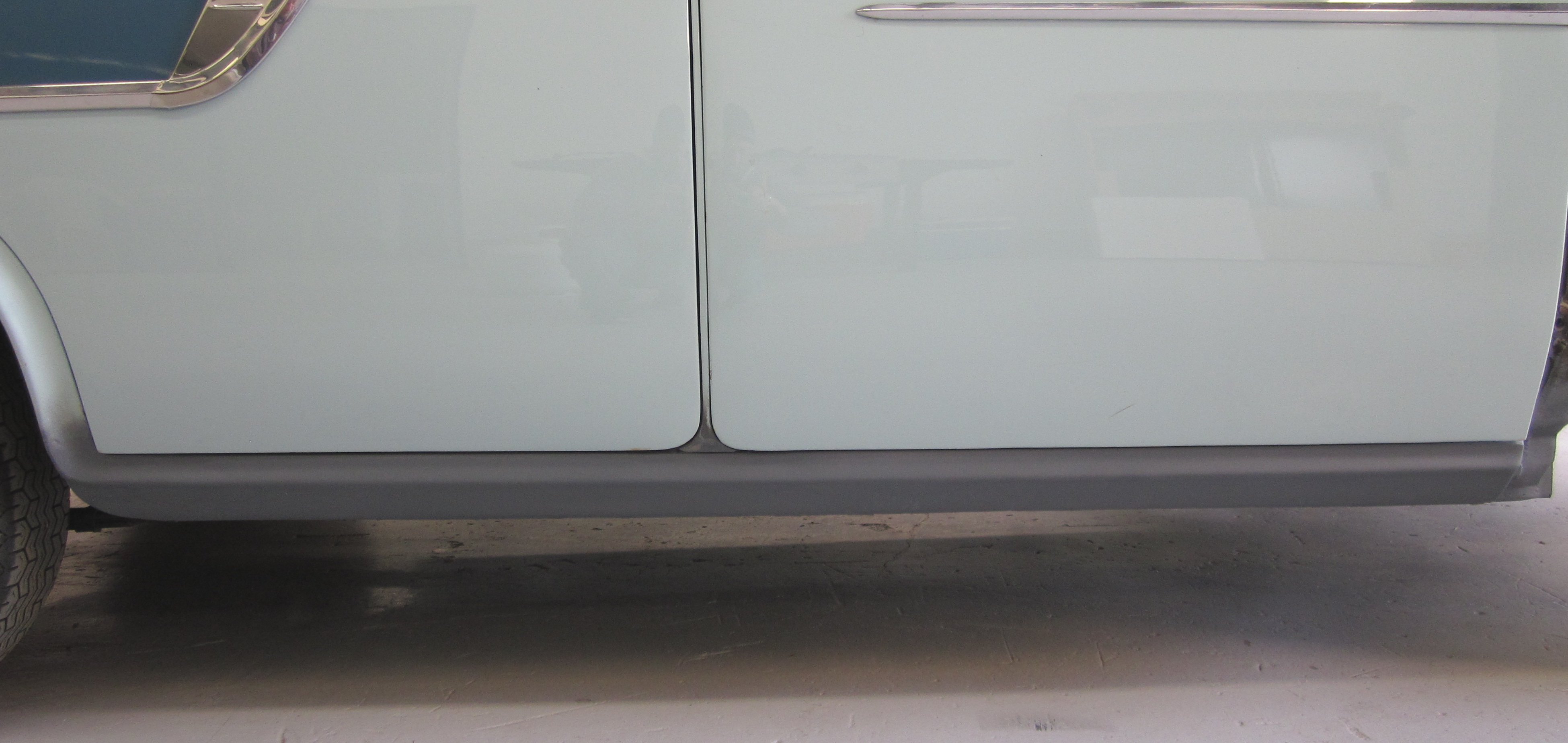Rare Spares produce anywhere from 30 to more than 100 parts each month, with each part undergoing a rigorous checking and approval process at the Rare Spares Research and Development Facility in Victoria.
Requests for new parts are sourced from research, online forums, requests in-store and online ‘wishlist’ requests which come through directly to Rare Spares.
A wishlist of requested parts is compiled in a spreadsheet by Rare Spares staff and directors, so that they can easily identify parts which are in the highest demand.
“I decide there’s a need in the market and then I work out some way for the part to be made,” said Rare Spares Director, Les McVeigh.
The majority of parts are produced through reverse engineering and the production process can be anywhere from two or three months to two or three years.
After sourcing an original part, it is sent to one of hundreds of suppliers who can reverse engineer the part and they then come back to Rare Spares with the cost of tooling, quantity and unit price. If the option seems viable they are engaged to produce a sample, which is then submitted for testing.
“Parts are thoroughly tested,” said McVeigh.
“Once we get a first sample, we test for fitment, quality of production and whether or not they look the way they should.”
“Last month and this month we released 120 new parts. The number we are working on at any one time can range from about 50 – 300 parts, all in various stages of development.”
Product Sourcing Manager at Rare Spares, Greg Barker said, “Just before Christmas, we released the complete range of door handles and window winders for the 1948 Holden. So we’re still making parts for the first models and for reasonably current models.”
McVeigh added, “We are working on parts from 1948 models up to about 1990. We made more parts last year for the 1948 – 56’ range than we did in the previous two years, where as we probably only made a couple for 90’s models. You have to catch up from behind.”
“The problem that we’ve got is trying to keep up with how many parts we can make because the car companies are deleting parts faster than we can make them,” said Barker.
If you can’t find a part and would like to add it to the Rare Spares wish list, you can do so in-store or online at http://www.rarespares.net.au/Wishlist/Wishlist.aspx
